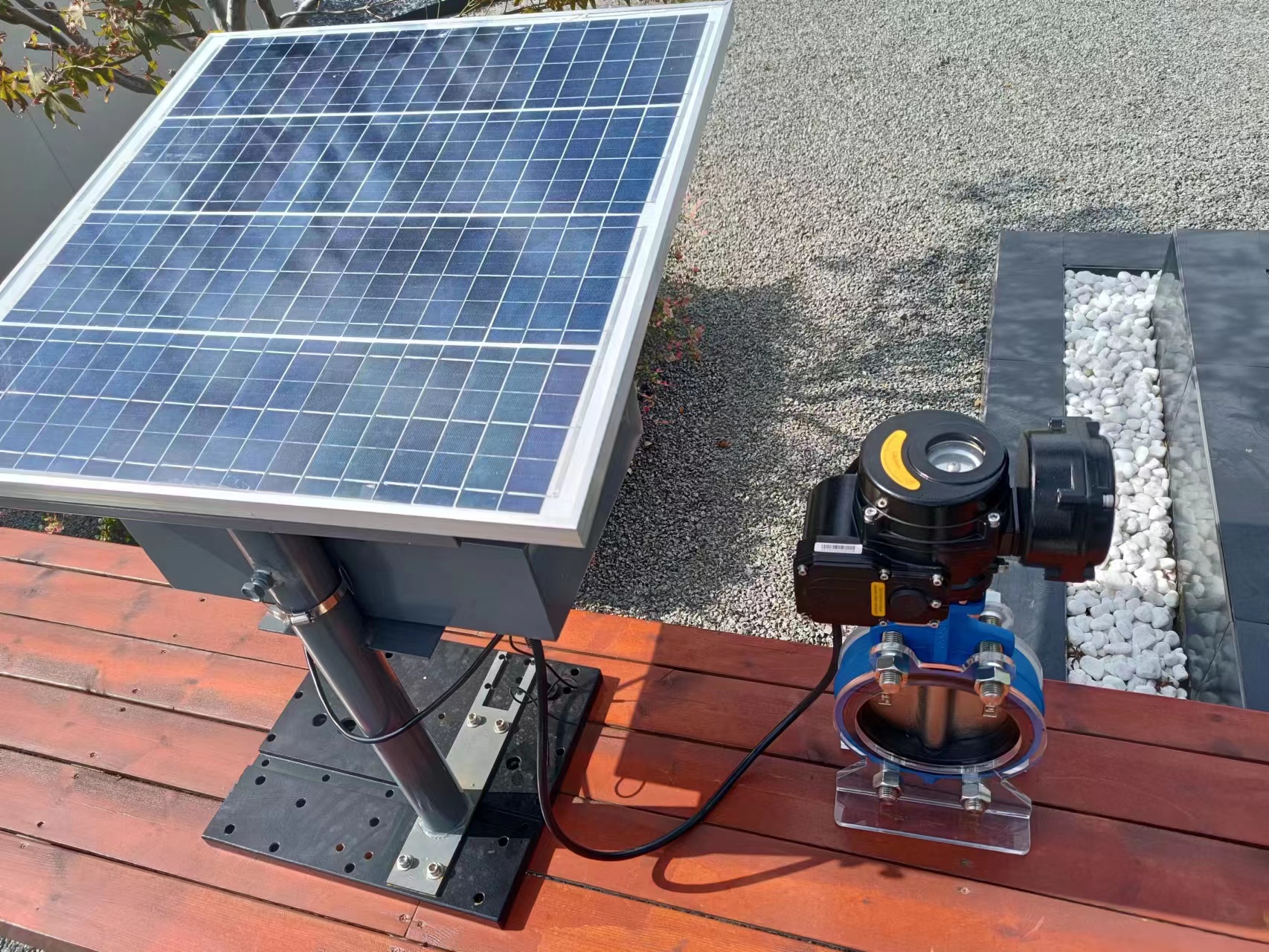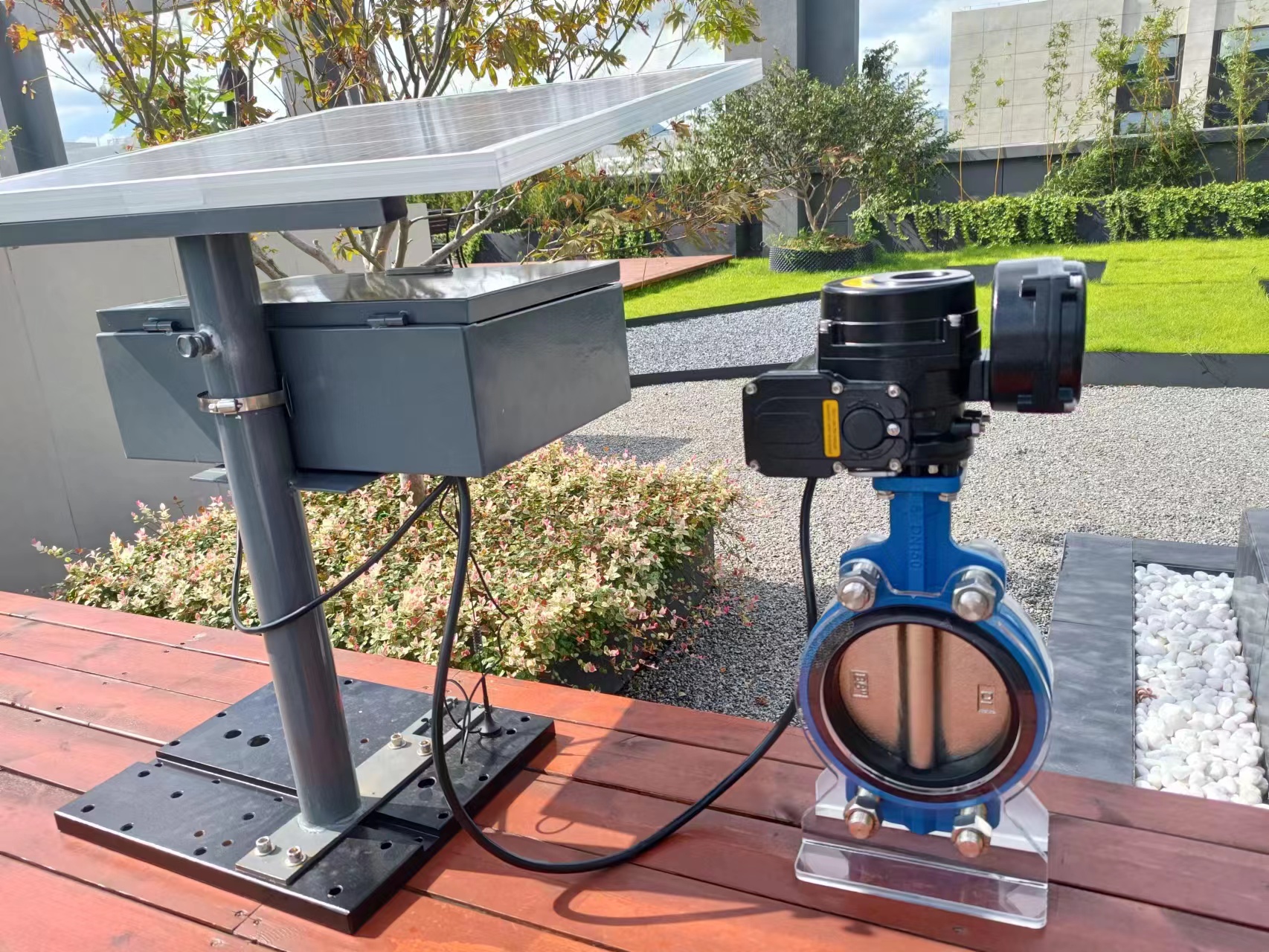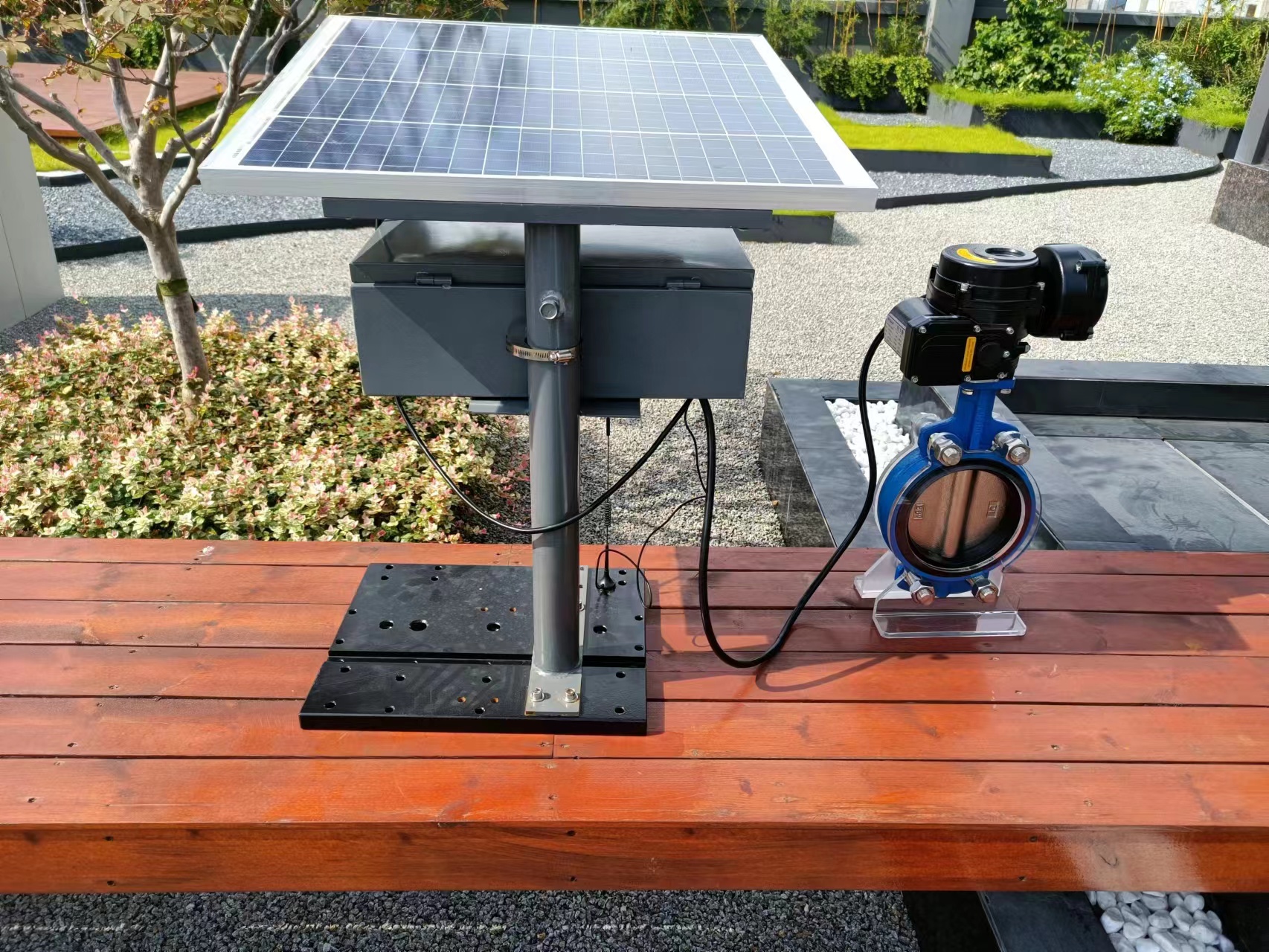the future of clean energy: hydrogen energy photovoltaic electric valve
Release time:2024-09-29 17:12:08
In the quest for sustainable energy solutions, innovative technologies are emerging to address the pressing challenges of climate change and the depletion of fossil fuels. Among these technologies, the Hydrogen Energy Photovoltaic Electric Valve (HEPEV) stands out as a promising advancement that combines hydrogen energy and photovoltaic systems to enhance energy efficiency and sustainability. This article explores the workings, benefits, and future potential of HEPEV.

Understanding Hydrogen Energy and Photovoltaics

Hydrogen energy is one of the cleanest forms of energy available today. It produces only water vapor as a byproduct when used in fuel cells, making it an environmentally friendly alternative to fossil fuels. Hydrogen can be generated through various methods, including electrolysis, where electricity is used to split water into hydrogen and oxygen. When renewable energy sources, such as solar or wind, power the electrolysis process, the hydrogen produced is termed "green hydrogen."



